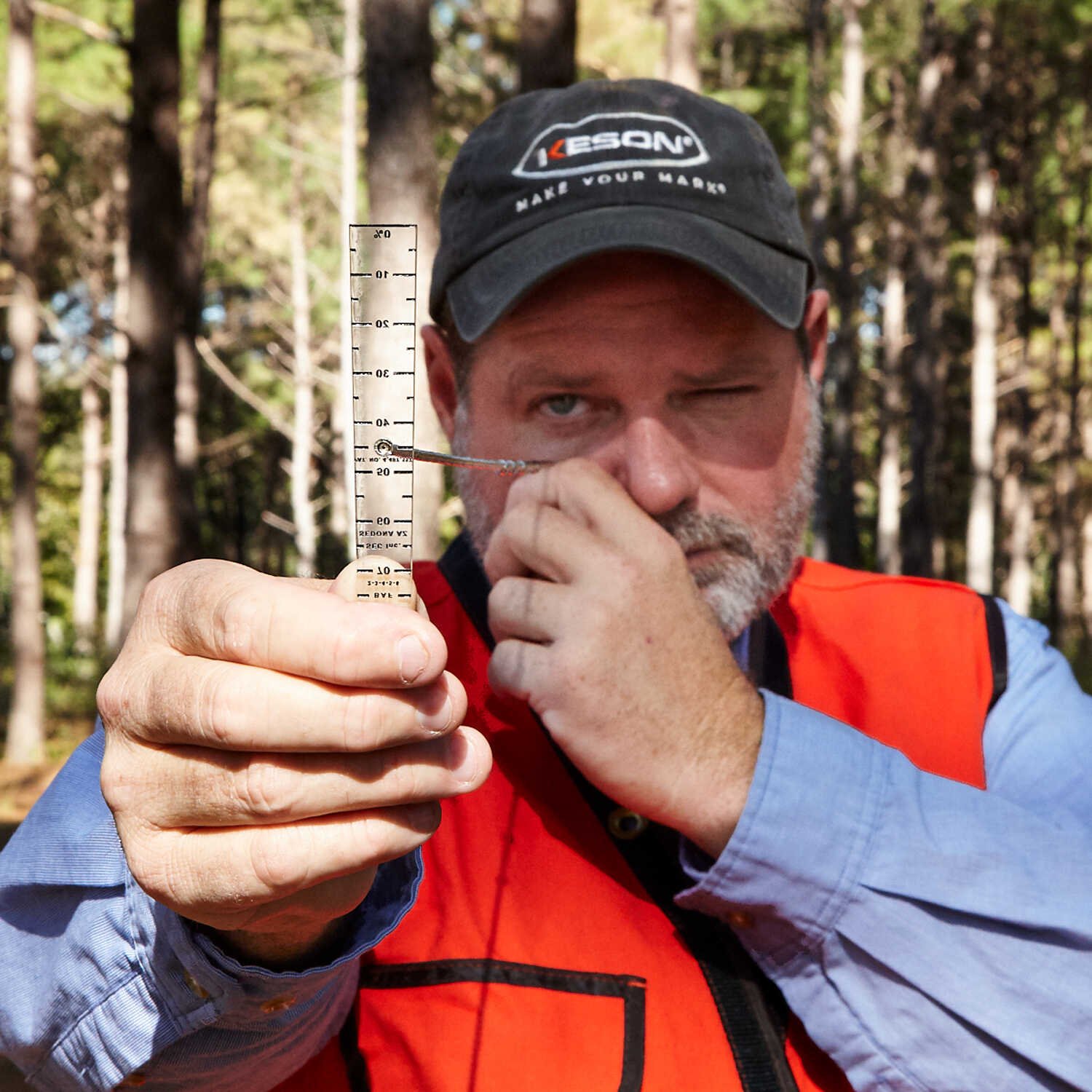A forester’s tool for forest mensuration, or tree and forest stand measurements, is the relascope. Any reputed optical products manufacturer in India makes different kinds of prism relascopes. The Spiegel relascope is the king of forest inventory instruments. It lets users calculate tree heights, stem diameters at various heights, and basal areas. Because it is a complicated tool, it is normally suitable for specialists who measure a large number of trees. A diameter tape for stem diameter or a clinometer for tree height are both less expensive techniques to measure trees. A third form of relascope is available to examine basal area: The wedge prism relascope. This post will provide a basic description on how to use a wedge prism. But firstly some background information is necessary.
Some Material Information About Basal Area
The cross-sectional area of a tree at breast height (1.3 metres above ground level) is the basal area (BA). It is usually in tree stem area per hectare (m2 ha-1). When one or more basal area estimations are in comparison, it gives an indicator of the land’s productivity and the growth rate of the trees.
Measurement Of The Basal Area Of A Forest Stand-
To calculate the Basal Area of a single tree, take its diameter at breast height (dbh). Then convert it to BA using the formula:
BA = 0.00007854 x dbh2 (dbh is in centimetres).
The outcome will be in m2.
The basal region of a forest stand then can be estimated by summing the basal areas of all of the single trees in the area. Then divide this value by the area of land (in m2) in which the trees were measured. Measuring the basal area of a forest stand using this method is difficult. This is where many optical wedge prism manufacturers make the job handy by producing wedge prism relascope.
Wedge Prism Relascope
A wedge prism may easily measure the basal area per acre. Even with this benefit, it only costs 2% as much as a spiegel relaskop! A basic wedge-shaped prism of glass, see-through plastic measuring approximately 5 x 2 cm is suitable. When viewed via the prism, it bends the light and affects the position of a tree stem. Prism relascopes come in a variety of factors, with the most common basal area factors being 5, 8, or 10.
Wedge Prism Usage In Forest
In variable-radius plot sampling, the wedge prism is useful to determine a group’s basal area by counting trees that are “in” or “out” of a plot which centres on a single point. The wedge prism is very ideal to evaluate whether or not a tree should be counted from a particular point. It depends on the diameter at breast height of the tree and its distance from that point. This is because it refracts light to offset the object of interest (e.g. a tree).
By tilting the top edge of the wedge prism through an estimation, an appropriate on-the-ground slope compensation can be constructed. Tree stems that don’t mismatch when viewed through the prism are counted; those that aren’t are not really counted. Furthermore, when the small end of expectant assortment is there, the wedge prism can sort logs in standing trees. Because the wedge prism is a standard tool for foresters, its application is broader than just measuring basal area.
There are many advanced wedge prism manufacturers & suppliers in India providing wedge prisms in a variety of colours, including clear and amber. The amber wedge prism serves the same purpose as the clear wedge prism. But it decreases glare and is simpler to use on overcast or cloudy days.
Because the wedge prism is simple, relatively inexpensive, portable, and equally precise, it is one of the techniques useful in forestry today. Holding the prism directly and focusing on a tree will cause the refracted light to offset the tree’s trunk. In both land management and timber acquisition, the wedge prism is very suitable to obtain measurements.


